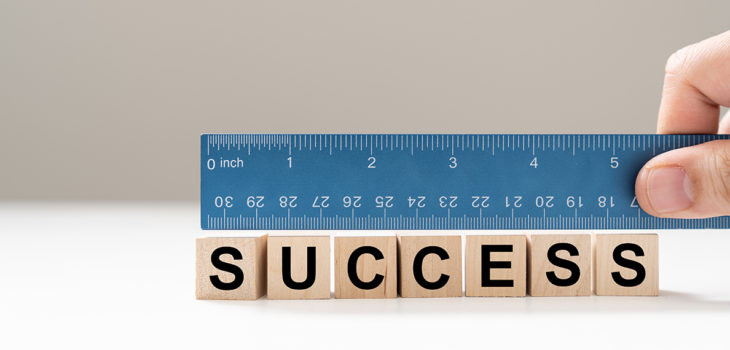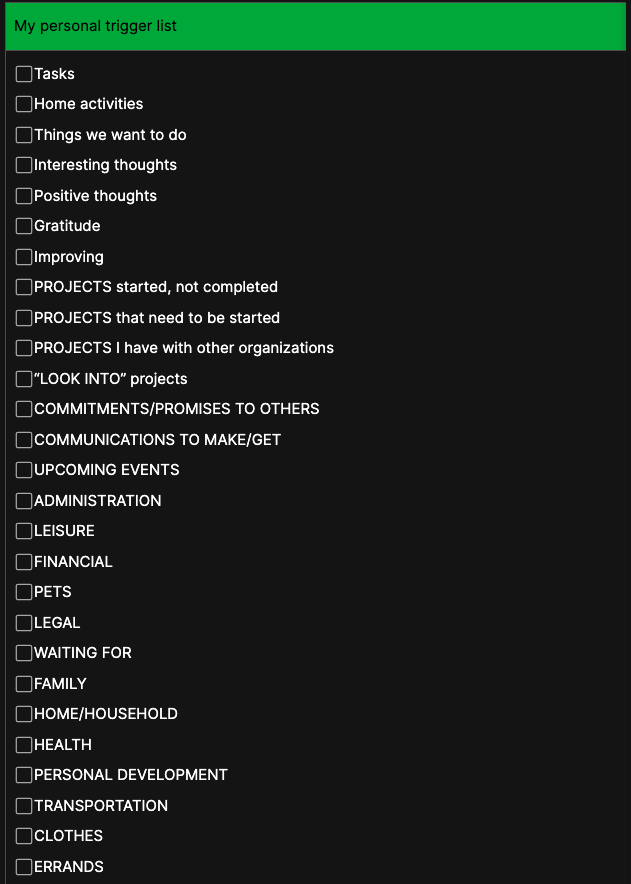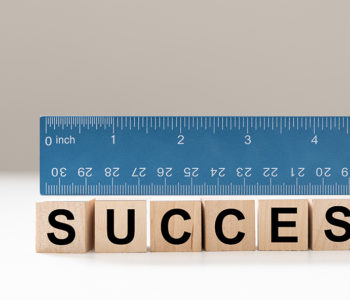 Productivity
Productivity GTD: Back to Basics – Part 2
When I think about productivity systems, I fall back to the one I am most comfortable with, GTD. The methodology has always resonated with my philosophies on how to accomplish the incremental steps toward my goals. In this part of the series, we will focus on the latter of the foundational areas that were explored in Part 1.
Recap of the four foundational areas that I am recommending be the focal point of any foundational review:
- Ensuring that you are properly and consistently applying the 2-minute rule.
- Reviewing and understanding the workflow process and how it applies in your life.
- Get comfortable with your review and reflection routines, and be brutally honest with yourself.
- Become a mind sweep ninja, and dedicate yourself to ensuring that the “stuff” coming in is funneled into your process.
Continuing to expand these topics as we go, remember that my opinions are mine. What works for me and my process may not be your cup of tea. The goal here is to give inspiration on the tactics that I leverage so that if you find them of benefit you will understand how they can be utilized to improve your process.
Improvement Practices
Reviews and Reflection
This is by far one of the most critical steps in the whole process, this is where you do the most work to make your productivity system frictionless and efficient, getting rid of what doesn’t work and finding the opportunities to make your system and process even better. My review process follows three separate milestones, Get Clear, Get Current, and Get Creative.
Get Clear
Getting clear is all about ensuring that you have a comprehensive picture of where you are currently at what you have been working on and where you need to go next. This resonates with the activities you complete during your Mindsweeps and should be an integral part of your Review routines. As we discussed in previous articles, stuff is always coming in, and seeing through the noise is like navigating through a blizzard, until you can see the path ahead, you will be lost, meandering on a wildly erratic path.
Get Current
Once you have a clear line of sight in what is ahead of you, it is time to ensure you have all of the details you need to take those next steps. This is looking at those projects that are in process or even stalled to say what am I missing and what else I need to make progress towards my goals. This is also the time to do some cleaning out of items that may no longer be necessary or relevant to the path ahead.
Get Creative
Setting aside some time during your review routine to give yourself creative license to make your system fun or more effective. After all, you are under the constant direction to ensure your process is immersive and enjoyable so that engaging with it is rewarding. This reinforces the ability to stay consistent with the process and make sure it is as frictionless as we can make it.
Mindsweeps
Doing a mind sweep is like cleaning out the attic, now and then you need to poke around in all of the dark corners and forgotten hidey holes of your mind and pull out the items that have some tentative hold on your finite mental resources. There are many ways to do this and being that it is primarily a mental exercise can be accomplished from anywhere and at any time. So while I recommend that you use the location you are in as a mental trigger to assist in this process, you should also do it anytime you start to feel overwhelmed or bogged down.
Walking around your house with a notebook to write down items that trigger when you come across them is one of my preferred techniques. More often than not I am not even able to remember all of the small things that need to be done around the house until I see them. If that is not effective for you, I recommend creating a set of digital trigger lists, that encourage you to think about the tasks that are related to a certain phrase or trigger word.

- Key Points to process during your mind sweep:
- Things you have committed to
- Things you want to do
- Things you are thinking about
- Creative Ideas you don’t want to lose
- Trigger lists
- Write down everything and process it through your inbox
Keeping on Task:
Finally, you have to engage with the system to bring out the productivity improvements that you are seeking by creating this system. Keeping on task is the final hurdle. We discussed the 2-minute rule in the previous post, and that is essential as part of this activity as well. In the book “Making Work Visible”, Dominica DeGrandis does an excellent job describing the detrimental factors to an effective productivity practice. Describing them as the “5 Time Thieves” (Too much work in progress, unknown dependencies, unplanned work, conflicting priorities, and neglected work), these factors are something to remain vigilant about in your day-to-day activity to stay on task.
There are several techniques to assist with doing that:
- Pomodoro Technique
- Time-boxing
- Calendar Maintenance – While the two items above are very well documented across the internet, Calendar Maintenance is a personal activity that everyone engages with differently. How do you ensure that you have the time to do the things you want to complete? Make the important events a priority. Many people neglect their calendars and just use them as references. Personally, I think that is one of the most effective tools in the toolbox. Done well, your calendar can help you not only find the time to be productive but also the ability to turn non-essential stuff away so that you have the time and space to be your most productive self.
Wrapping it all up:
Returning to assess the foundations of your system, should be a regular routine, after all it is the cornerstone for the rest of your productivity practice. As you can see from this series of articles, it is not a single-action type of activity. It is a lifestyle change, an ever-evolving routine of actions and habits that keep you in the flow of your most effective process.
Check out more of our articles for additional tips and tricks, as well as, remembering to pay attention to the 5 activity categories of your productivity process.
Activity Categories:
- Capture
- Clarify
- Organize
- Reflect
- Engage








